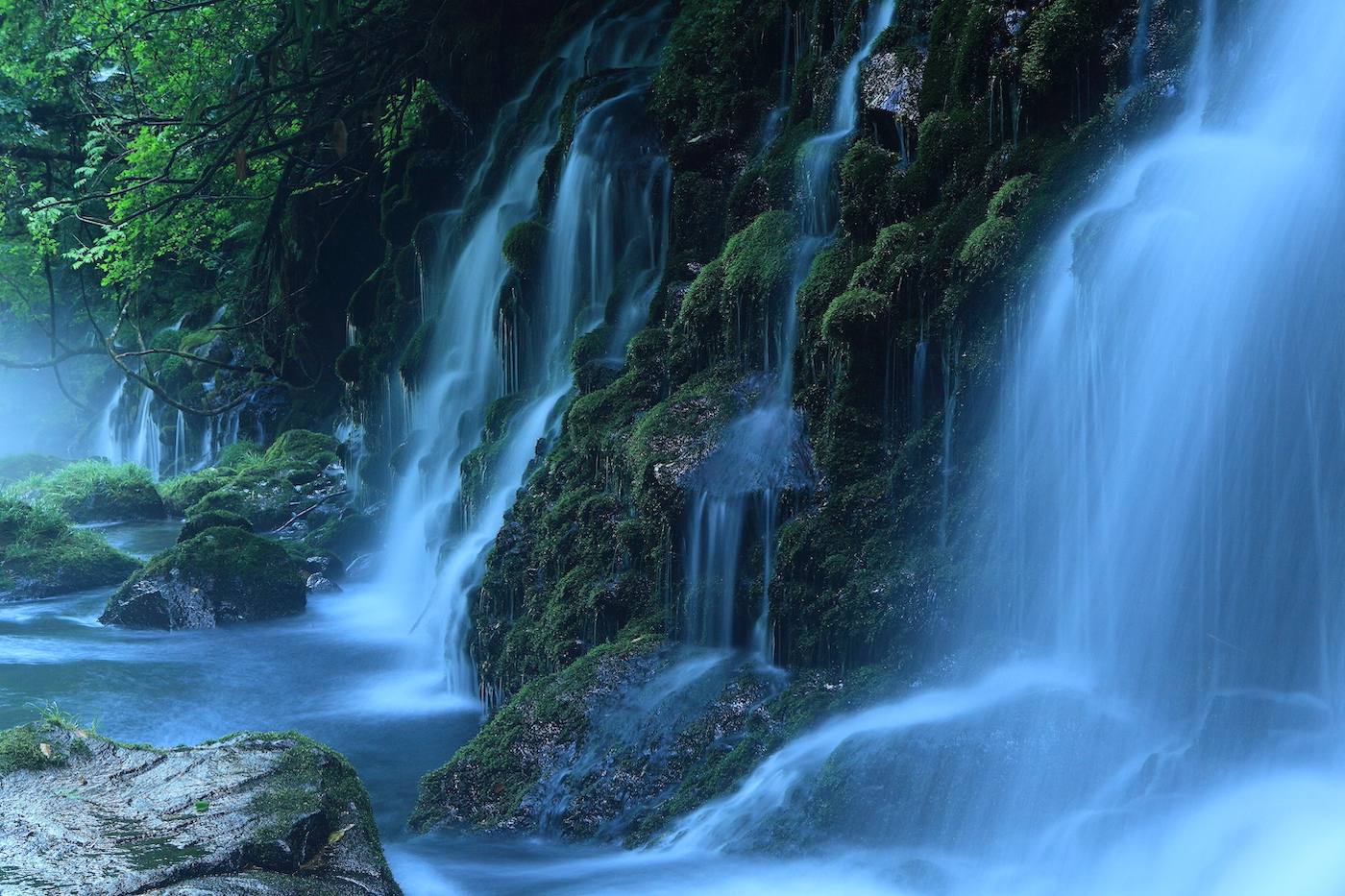
Japan Religion: Japanese native might have been asked this one question frequently when they go to other countries, “What do you believe?” Most of them would show you the confused face expression and don’t know how to answer it clearly. Why? Other than the fact that what you believe is one’s business, there’s a reason why Japanese people seem to be insensitive about the topic. The hint is in the topology and the climate.
Table of Contents of Japan Religion
What Does Religion Mean to Japanese People? – Japan Religion
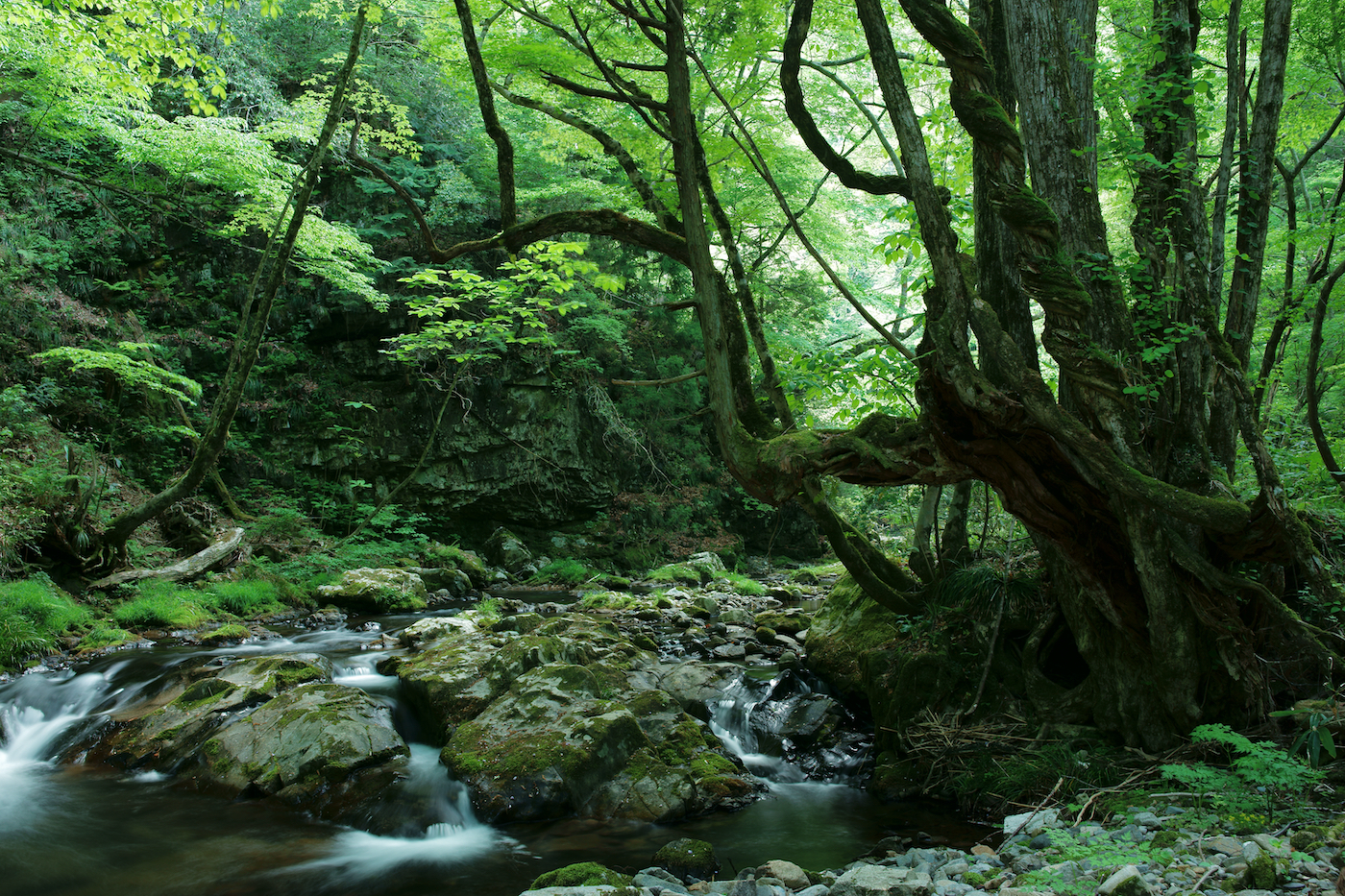
Let us ask you a question first. “What is a religion to you?” Merely belonging to a religious group and being religious means different. If we see religion as a way of teaching ethics, but not a political tool or a business tool, Japanese are very religious people who practice religious activities without really being conscious about it.
The term “religion” itself in Japanese culture defines only organized religion which has specific doctrines and requires membership. In general, the image evoked when Japanese people were asked about religion is overall negative. Why? Because what Japanese people know as religious groups are anti-social which produces victims or gets too much involved in politics, why bother?
Japan Religion – Atheists?
Are Japanese people are atheists? Atheists said to blossom amid affluence where most people feel economically secure. If we see that religion depends on fear, it sounds correct. People who are less vulnerable to the hostile forces of nature feel more in control of their lives and less in need of religion which requires you to follow certain rules to survive.
Quite roughly, there are two religions that are prevalent in Japan; one is Shinto and the other one is Buddhism. Put aside the debate if the Shinto is a religion or collected belief, it surely is the foundation for the Japanese way of life.
Shinto: Introduction of “Way of the Kami”
Japanese Buddhism #1: For the Elites and the State
The Shinto Essence
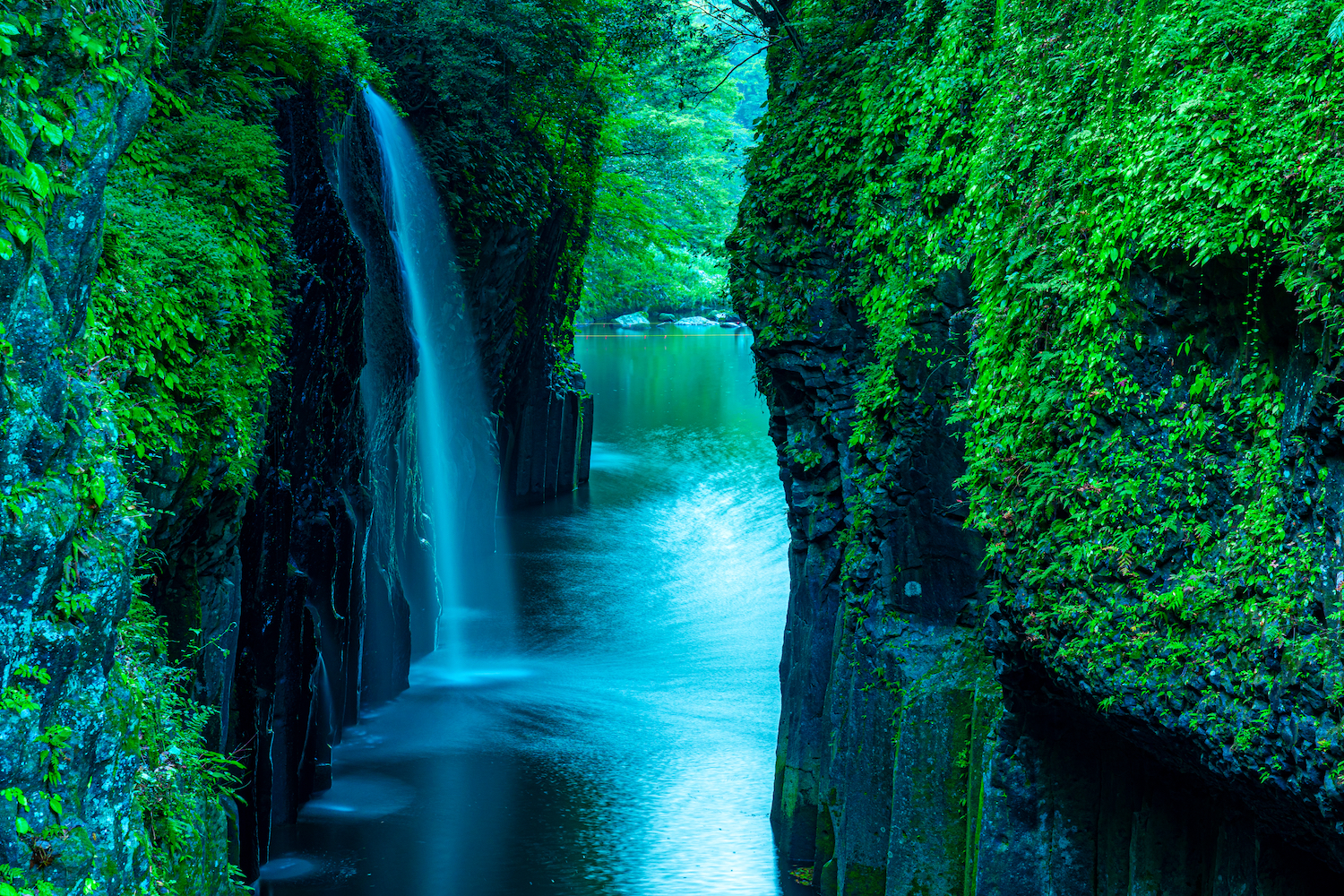
Based on the idea of animism, Shinto focuses on the sense of connection with nature and the appreciation. It is based on ritual practices of cleansing, entertaining local kami (deity) with festivals and keep oneself sincerity. People feel myriads of kami (deities) everywhere and they are not separate; they exist within the same world and share its interrelated complexity.
Japanese Mythology: Creation of the Universe and Kami
Most of the Japanese visit Shinto shrines and asking a favor or good luck for kami without belonging to Shinto organizations.
Shinto Shrine: History, Architecture, and Shrine Crest
Buddhism Function
Buddhism was functional to affirm the state’s power and introduced the idea of an afterlife. In addition, the benefits gained in this world through observance of the Buddhist teachings attracted people’s hearts as they were experiencing natural disasters, the age of wars and rebellions only reinforced a pessimistic view of the world (based on the idea of Mappo, the final and worst age in Buddhist theology), and led to many seeking salvation for their souls. Later, Buddhism’s function would be changed. It also introduced the idea of “afterlife” where people seek salvation.
In essence, Shinto is the spirituality of this world and this life, whereas Buddhism in Japan is concerned with the soul and the afterlife.
The tolerance which Japanese have for other religions can be described as they have ideas that there are many paths to reach the truth, it can be Shinto, can be Buddhism or else.
Additionally, the Japanese have a strong belief in Onryo (the vengeful spirits) and the belief in Wa (harmony) as the defense system. The traditional rice cultivation requires the collaborative work of the village. Improving the soil, maintain the irrigation system, all require teamwork which nurtures spirituality putting importance on harmony.
Shinto Beliefs: Purity, Sincerity, and Harmony
Another unique, but strong belief, Japanese possess is “Kotodama”, the traditional belief in the power of words, therefore positive words are encouraged to use.
Overall, the idea of monotheism doesn’t fit and anything which has exclusive quality is not Japanese taste.
Climate and Natural Features – Japan Religion
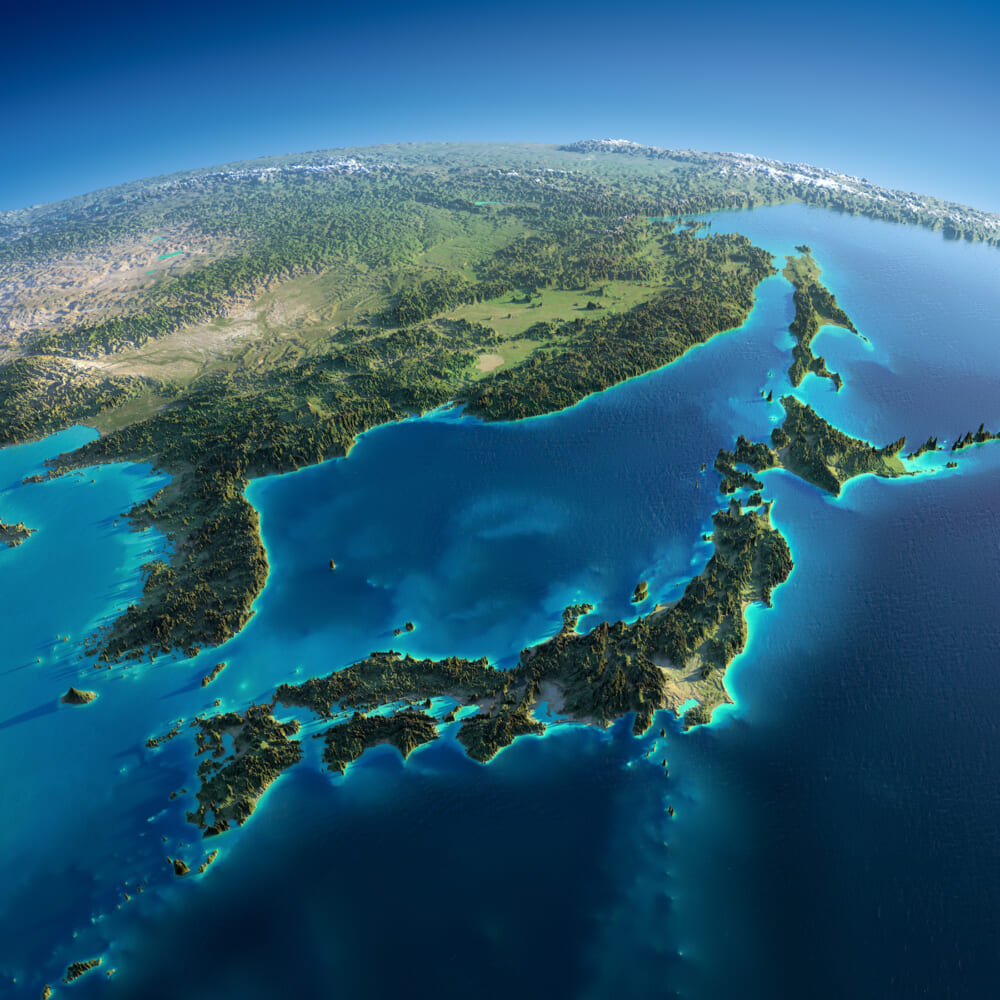
Humid temperate climate, rich water resource, covered by a broadleaf evergreen forest, rich flora and fauna are the feature of the Japanese lands.
The distance from Kyushu island to the Korean peninsula is 105 miles (170 km) and to mainland China is 310 miles (500 km), this distance made Japan possible of being independent and still has exchanges, trades with those countries.
We can say the people who are in the dry land and the desert, where not much food found tend to have an assertive nature, have a strong sense of purpose while people who live in nature where resources and foods in abundance tend to have a sense of awe and respect rather than having hostility.
Originally, the view of nature is animism of Shinto as we have seen and the sense of the impermanence of all things was spread after Buddhism was introduced.
As Hippocrates and Montesquieu advocated about the close relationships between the climate and the national character, nature which provides rich resources to people in Japan have formed a unique character who doesn’t need to depend on the systemized doctrines.
The characters of Japanese are explained in detail in Fudo (Climate and Culture) by a Japanese philosopher, Watsuji Tetsuro. He delved into Japanese ethics in the book below.


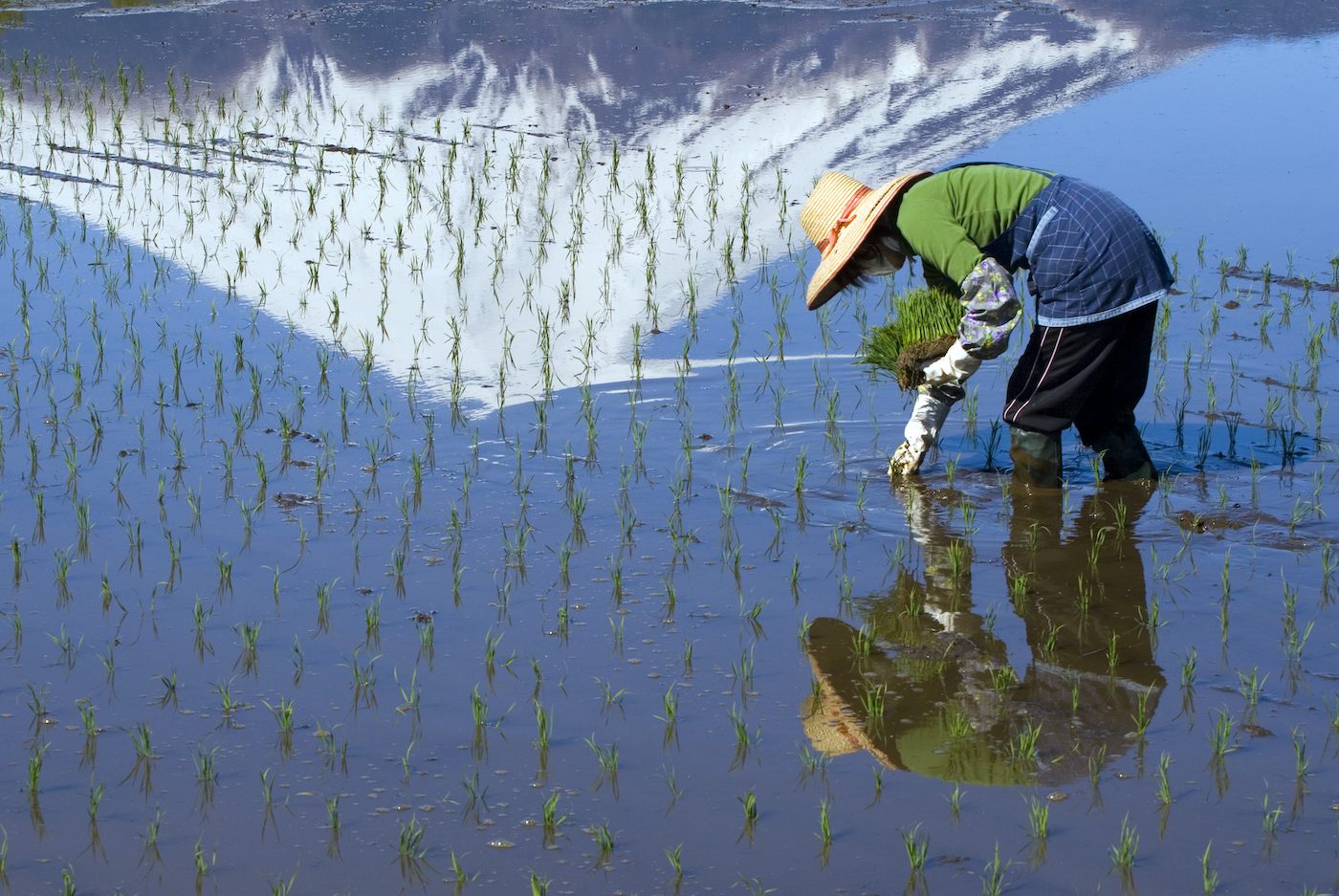

The Shinto rituals mainly relate to the prayers of the rice cultivation, which are the expression of encouraging kami to bestow gifts of nature and the expression of the appreciation at the same time.
Confucius Ethics – Japan Religion
Besides the two major religions, Confucius planted the idea of filial piety and respect the senior and elder. It’s so prevalent and all-encompassing that one cannot exist without the other.
In Japan, Confucius’s teachings are accepted as the academic subject or the kingcraft learning so that it really isn’t perceived as a religion.
Confucius’s teaching is thought to be introduced in Japan in the 5th century before Buddhism. Taoism was already introduced in the 4th century and the theory of Yin-Yang and the five elements were introduced around the same time with the Confucius, they were intertwined and created the foundation for the way of Yin and Yang.
Neo-Confucianism was adopted by the Tokugawa Bakufu (Shogunate) for feudal control and it became the moral code for the officials. After the Meiji period, its personal discipline was extracted, emphasized and the idea of respecting the senior became the general ethic among general people as well.
In Bushido written by Nitobe Inazo, the influence of Confucius is seen greatly.
Bushido: Samurai Code of Conduct
Besides, we have Ainu folk religion and Ryukyu religion as well. Basically, Japanese has been sharing the idea of Animism, Shinto way of the view of the world. Then, why they adopted the new religion Buddhism?
Introduction of Buddhism and Prince Shotoku – Japan Religion
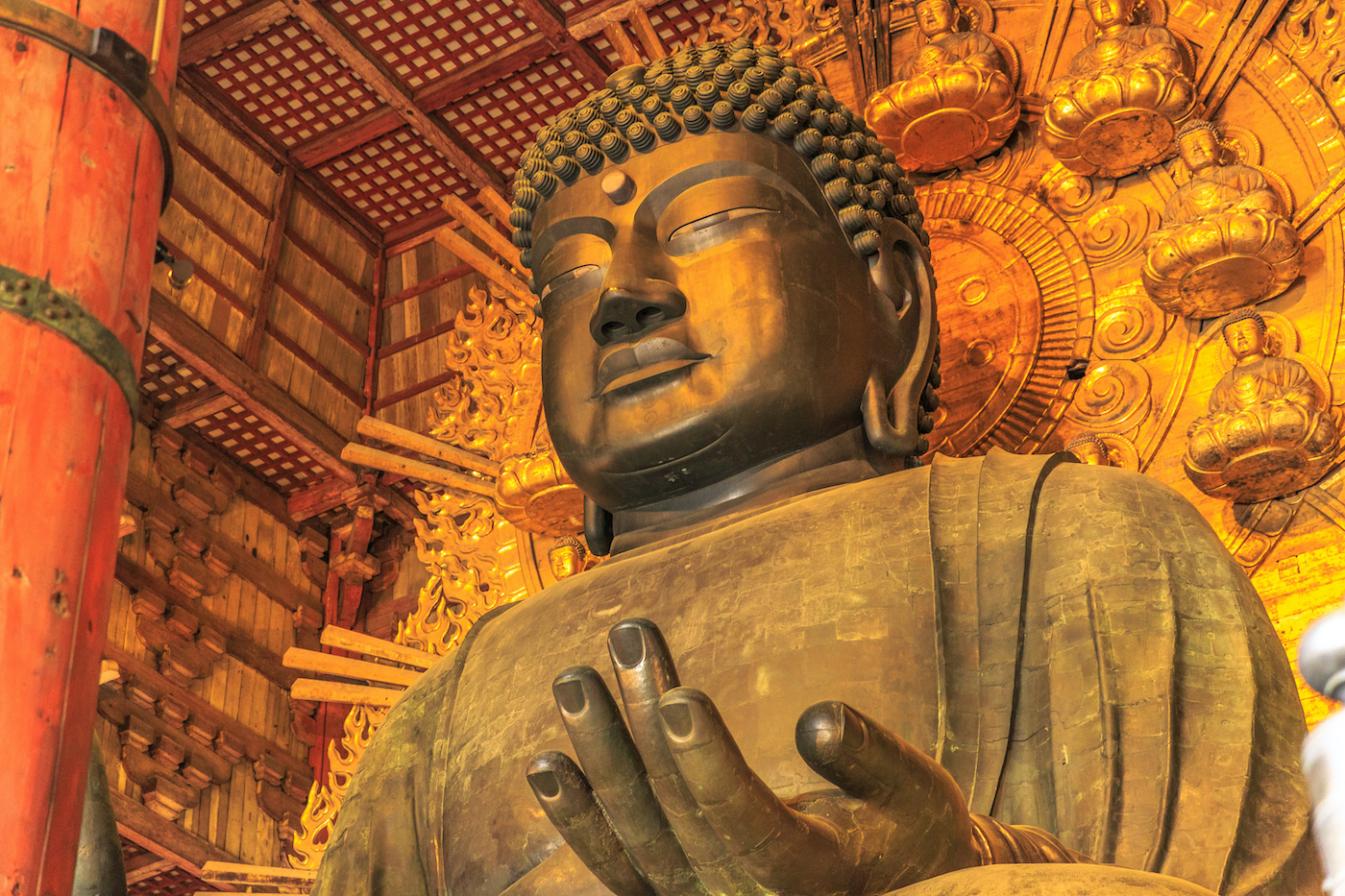
There was a Buddhist monk who came from mainland China brought a Buddhist statue, built a cell and privately worshiped for it before the official introduction of Buddhism. However, at this time, nobody cared about Buddhism.
In 538, Buddhism was introduced officially in Japan and spread far and wide due to the insecurity caused by devastating disasters, famines, and plagues.
Japanese aristocrats set about building Buddhist temples in the capital in Nara, and then in the later capital at Heian (now Kyoto).
Prince Shotoku is known for encouraging Buddhism in Japan. What he wrote in Article 1 of the Seventeenth-Article Constitution says it all. “Putting an utmost priority on the harmony” which is the core belief of Shinto. Then in Article 2, he mentioned paying respect to Buddhism.
Prince Shotoku: Constitution, Rank System, and Japanese Buddha
Syncretism of Shinto and Buddhism – Japan Religion
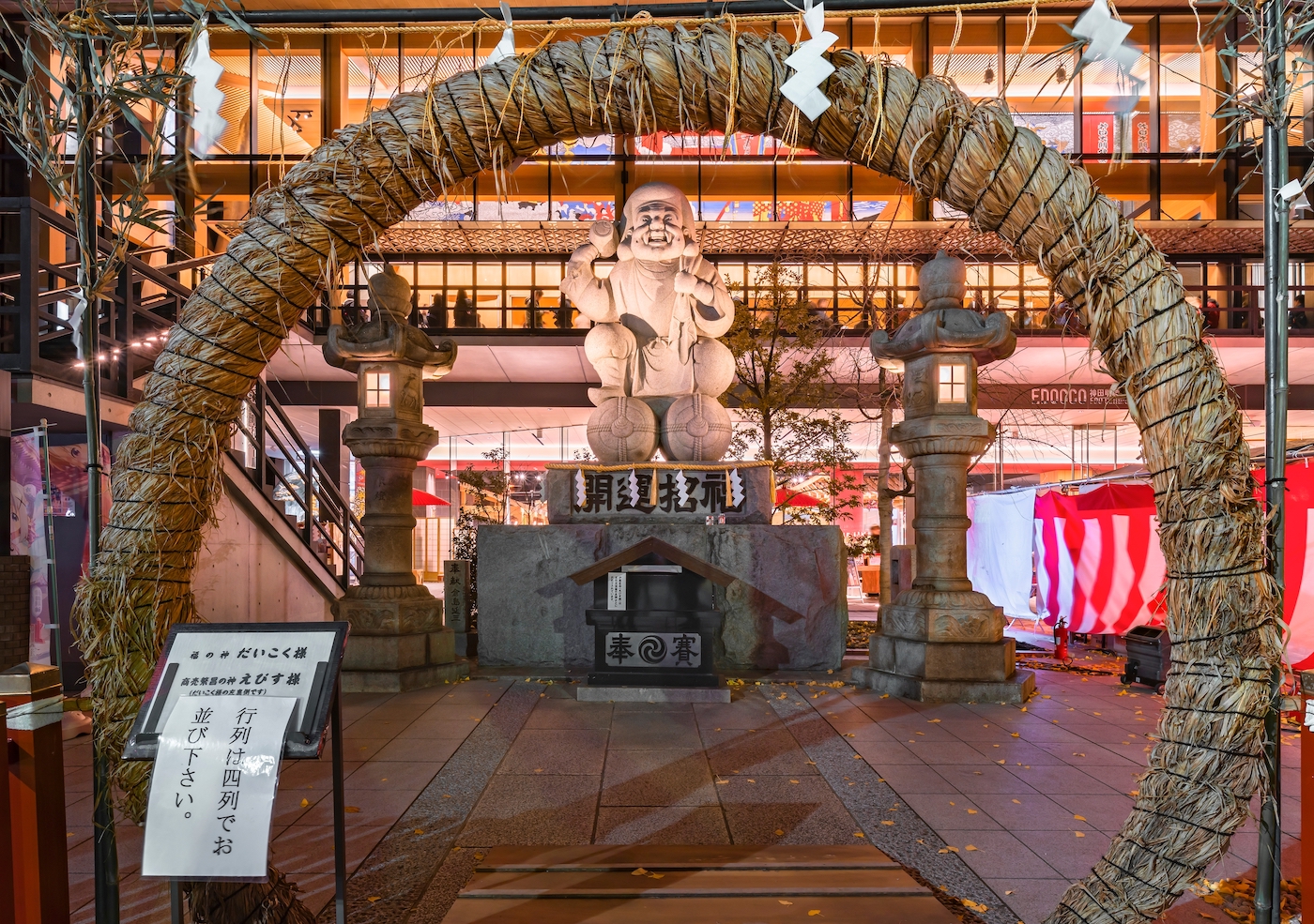
How can two different religions, Shinto and Buddhism have been co-existing in Japan? It is often seen as the result of the pragmatic approach to religion that many Japanese adopt, the syncretism.
There is always the Shinto foundation in people’s hearts, which can be expressed as showing respect and awe for nature which can be a blessing rain for rice-farming, can be a disaster when the mountain erupts threatening their lives.
Within Shinto, the Buddha was viewed as another “Kami (deity)”. Meanwhile, Buddhism in Japan regarded the Kami as being manifestations of various Buddhas and Bodhisattvas.
Characteristics of Japanese made it come true, absorb the good stuff from anything new, discard the parts which don’t work and reshape it to make it work in Japan.
Almost every Japanese family has the Shinto shrine altar or their own Buddhist altar or both, it’s like they have little shrines and temples in their homes.
Life Cycle Events – Japan Religion
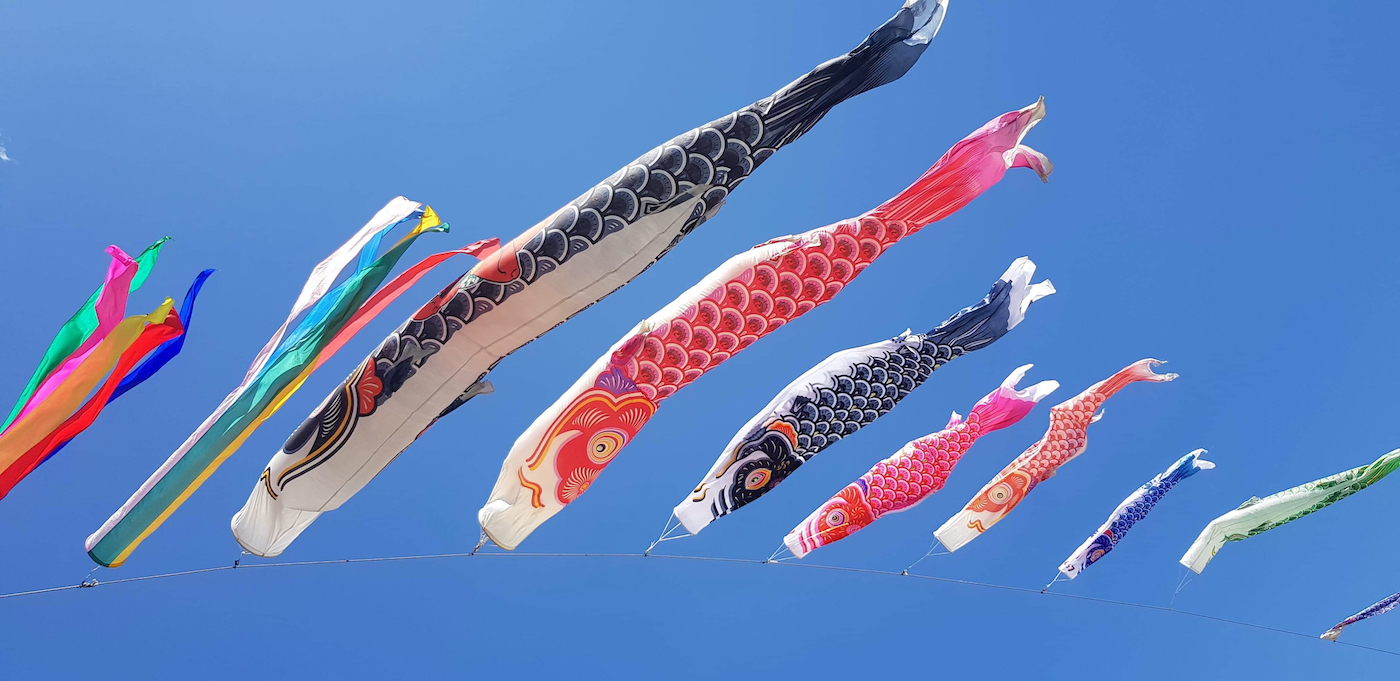
Shinto principles can be seen throughout Japanese culture, where nature and the turning of the seasons are greatly cherished. For instance, there are many festivals for children, such as Shichi-Go-San, Hina Festival, and Boy’s Festival aside from the visit to the local shrine to when a baby was born.
Shichi-Go-San: Japanese Celebration for Children Age of 7, 5, 3
The wedding, most of the people hold a wedding ceremony in the western style, a bride putting a white long dress on and a groom wears a white tuxedo walking on a virgin road. Lately, the numbers of couples choose Shinto style wedding as well.
The two most significant events for the majority of Japanese are visiting a shrine on New Year’s Day and welcome the spirits of the ancestors on Obon festival which is a Buddhist ritual.
The New Year’s holiday (January 1-3) is marked by the practice of numerous customs and the consumption of special foods.
Oshogatsu: Japanese New Year Celebration
During the Obon festival, Buddhist family altars and ancestral graves are cleaned in anticipation of the return of the spirits of the ancestors. People living away from their family homes return or visits with family and relatives. The Bon Odori (dance) is performed locally as a celebration and prayers.
Bon Odori Festival: Japanese Buddhist Custom in Summer
Here you can see a clear distinction between the role of Shinto, which takes care of Hare (Auspicious events) and Buddhism, which takes care of Kegare (Impurity) relates to death.
In early January, mass coming of age ceremonies is held in town halls followed by shrine visits by young people proudly dressed in bright kimonos.
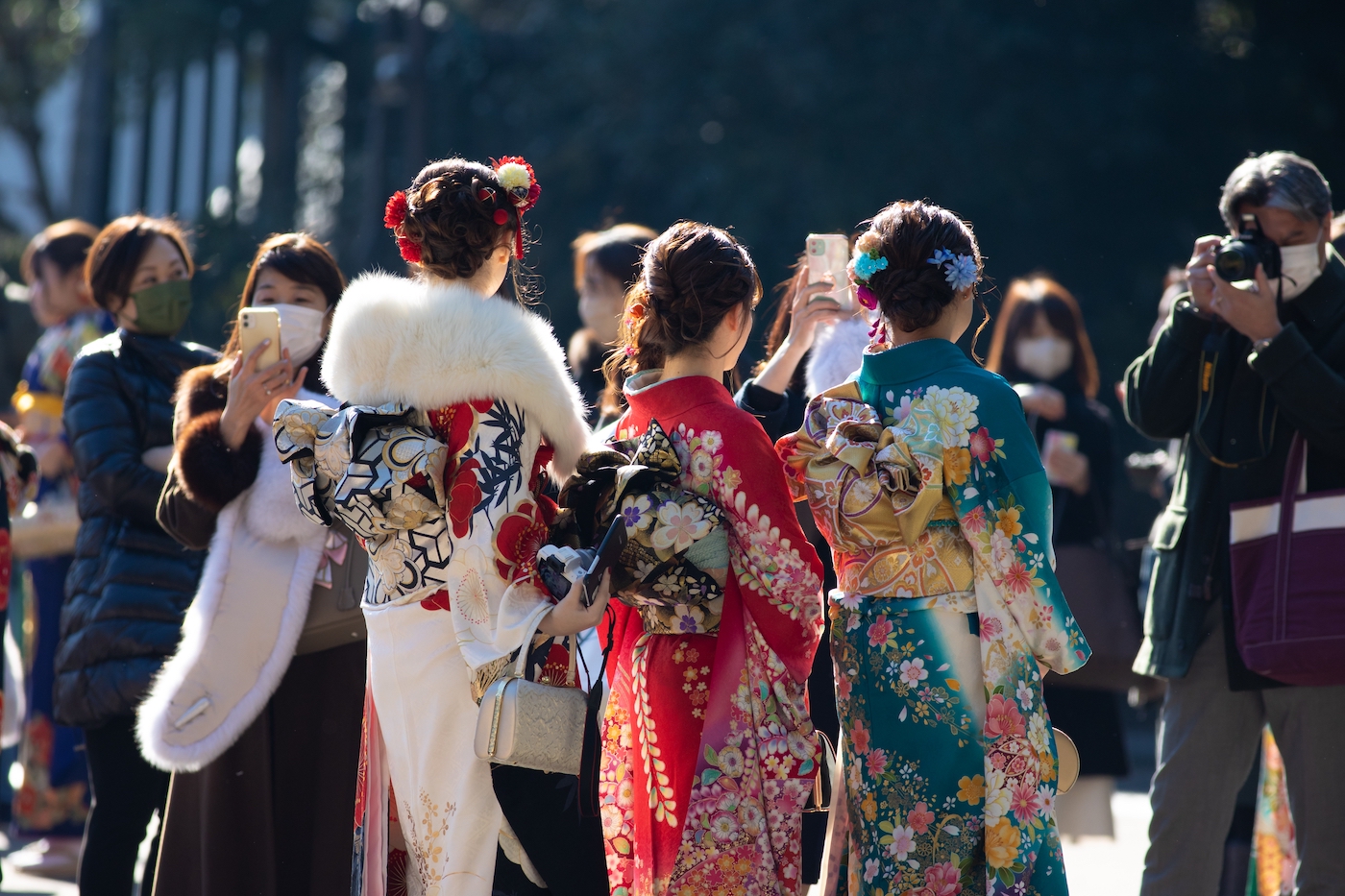
Countless Shinto matsuri (festivals) are being held all year round which relates to the cultivation of rice and the spiritual well-being of the local community. Most of them are local events and follow local traditions.
While auspicious events are mostly based on Shinto, most funerals are performed by Buddhist priests now. Since Buddhism introduced the idea of rewards and punishments in the afterlife, death and salvation in the afterlife came to be regarded as Buddhist matters.
Originally, Buddhism didn’t have the idea of worshiping of ancestors, but mixed with Confucious teachings, plays a crucial part in “the afterlife”.
People use a different approach for different occasions. There is an old saying in Japan: “born Shinto, die Buddhist.” That two religion consists religious views of Japanese people.
New Religions – Japan Religion
Some of the new religions, such as Soka Gakkai, Kofuku no Kagaku (Happy Science) is the controversial organizations, especially Sokka Gakkai becomes a very much a part of the establishment which is deeply in politics and business.
According to Article 20 of the Japanese constitution, Japan grants full religious freedom, allowing minority religions such as Christianity, Islam, Hinduism, and Sikhism to be practiced. Many new religions sprung up after the Emperor’s renunciation and many of them had charismatic leaders who inspired fanatical devotion in their followers.
In 1995, we had a sarin gas terrorist attack on Tokyo Subway’s, which killed 20 people and sickened more than 5,000. The members of the cult “Aum Shinrikyo” were the culprit, they did organizational crime such as an abduction, and assassination. This incident was deeply engraved in Japanese minds.
No one should be bothered with anybody as long as she/he keeps his thoughts/beliefs to herself/himself, however, too much freedom can be harmful unless there is no rule to respect others’ lives.
Aside from the established religions, tv shows, and the internet have become more powerful to alter and mold people’s view of the world today.
The form of Japan religion can be a good example of how people co-relate with different beliefs in harmony.
References
日本人の宗教観 (ww4.tiki.ne.jp)
日本の伝統精神とは-日本人にとっての宗教から考える- (松下政経塾)
Center:109-日本における仏教と儒教の影響 (www.futoko.info)
仏教はなぜ日本で普及したのか (www.rui.jp)
日本多神教の風土 (d.hatena.ne.jp/a)
日本人の「列島的宗教性」 ― 豊かな風土が生んだ「多神教」 (www.chugainippoh.co.jp)
日本人と宗教―「無宗教」と「宗教のようなもの」 (nippon.com)
日本における仏教が果たした足跡~プロローグ (web.joumon.jp.net)


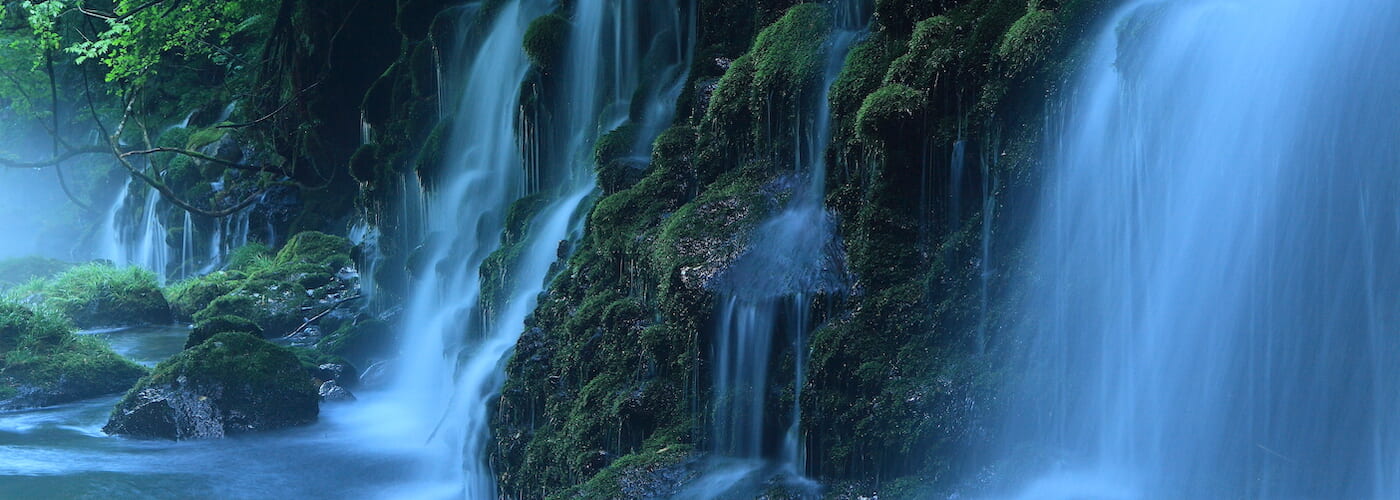
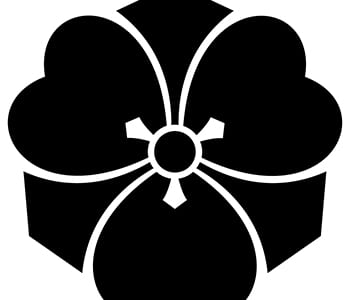
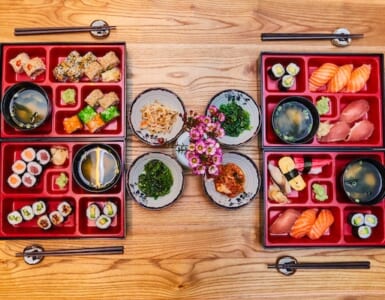
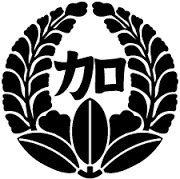


Add comment